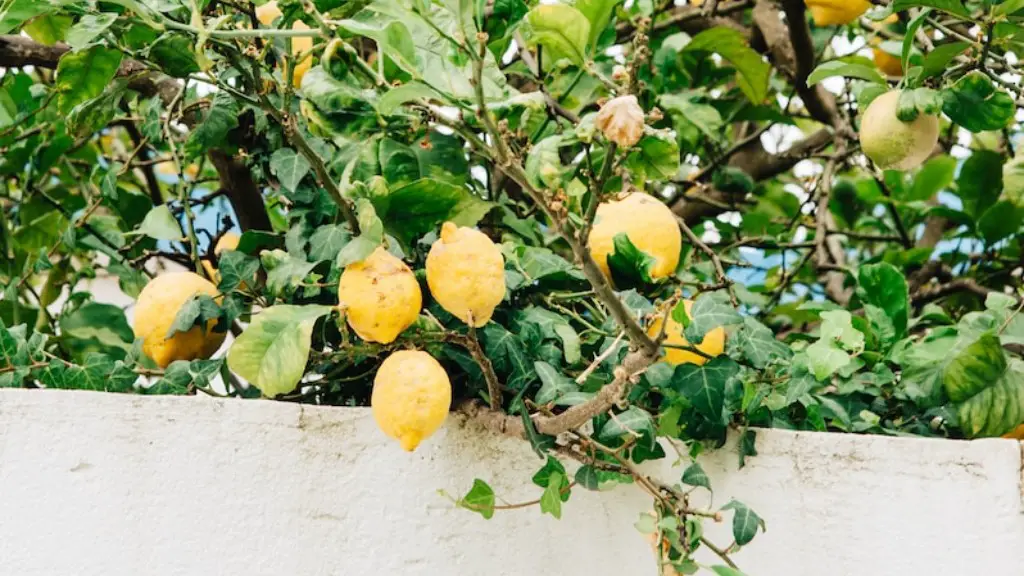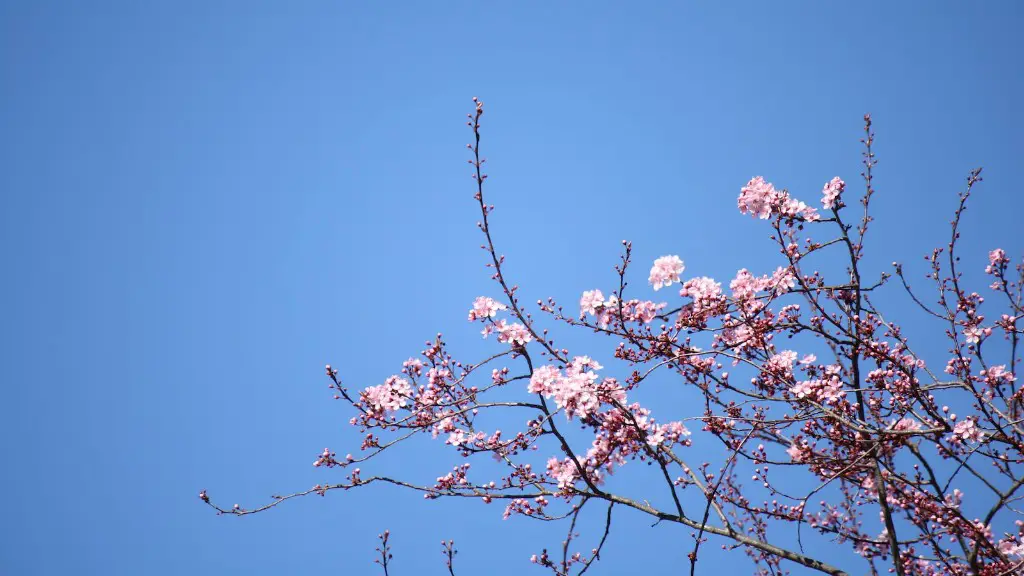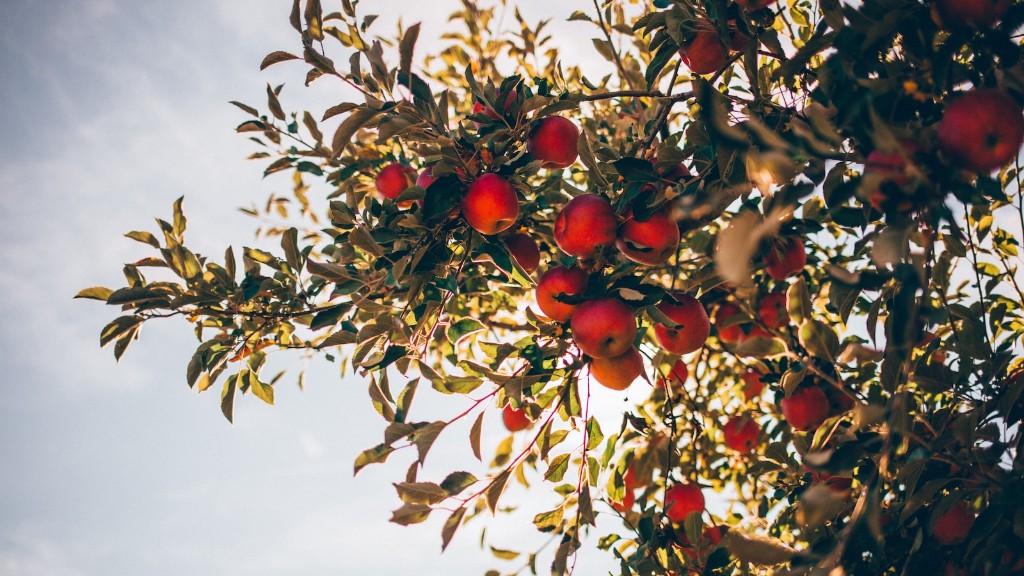Taking care of a small lemon tree may be intimidating at first, but it’s actually quite easy. Pruning a small lemon tree will ensure that it has the necessary shape and health. Here’s how to prune a small lemon tree.
First, you’ll need the right tools for pruning. A pair of sharp pruning shears, a garden saw and a pole pruner is essential. It’s also a good idea to have a glove and a face mask so you don’t get injured or inhale dust. Additionally, it’s best to make sure your tools are clean before you begin.
Second, determine which branches need to be pruned. You should identify dead branches and branches that are going in wrong directions. It’s important to keep the tree’s natural shape and also make room for new growth. You should also notice branches that have become too big for the tree and need to be cut back.
Third, once you’ve decided what to prune, it’s time to actually do the pruning. Carefully snip off dead branches and the branches that are going in the wrong direction. To make room for new growth, you should also prune away any branches that are too big or block the tree’s natural shape.
Fourth, use the saw and pole pruner to trim larger branches. When using the saw, be sure to use an even stroke and hold the blade firmly to the branch. Once the branch has been cut, use the pole pruner to make quick cuts across the branch. For thick branches, use the saw for the initial cut and the pole pruner for the last cut.
Fifth, minimize damage to other branches by helping them to remain symmetrical. Make sure to trim any branch that protrudes from the center of the tree so that the branches all remain uniform. This will ensure the tree’s shape remains the same and will prevent thick, unhealthy growth.
Finally, it’s important to monitor the tree for early signs of pruning problems. If you notice any signs of infection, such as yellowing leaves or dying branches, immediately stop pruning and contact a professional. Pruning your small lemon tree can be a rewarding experience but if done incorrectly, it can cause serious damage to the tree.
Prune Branches Strategically
When pruning a small lemon tree, it’s important to prune strategically. Start by assessing the tree and determining which branches need to be pruned. Focus on dead branches, those going in the wrong direction or those that are too thick. Achieving the right shape and form should be the primary focus as this will promote new growth.
Additionally, pay careful attention to the size of branches you’re cutting. If you need to trim thicker branches, use the saw for the initial cut and the pole pruner for the last cut. This will help minimize any damage done to other branches. Remember to make the cuts symmetrical so that the tree shape remains the same.
When pruning, always use sharp tools and make sure to keep them clean. Also wear gloves and a face mask to protect from potential injuries. If done correctly pruning will balance the tree’s growth and ensure proper health.
Monitor for Early Signs of Pruning Problems
From time to time, it’s important to check your small lemon tree for any signs of pruning problems. If you notice any yellowing of leaves or dying branches, stop pruning immediately and contact a professional.
It’s also beneficial to prune your tree annually. This will keep it in healthy shape and also allow for proper airflow. Additionally, pruning is necessary to remove any dead or dying branches which can help prevent pests and diseases.
While pruning your small lemon tree is an important task, it’s not something that should be done daily. A little pruning here and there is all that’s necessary to maintain the shape and health of this citrusy favorite.
Remove Protruding Branches
To help the tree retain its natural shape and make room for new growth, it’s important to prune away any branches that hang past the sides or reach to the center of the tree. These branches can cause the tree to look lopsided and also block new growth.
Another way to prune your small lemon tree is to perform a thinning cut. This is when you remove any dense growth to promote better air circulation, healthy foliage and new growth.
Make sure that pruning your small lemon tree is done with care. Remember to look out for any signs of pruning problems such as yellowing of leaves or dying branches. If noticed, contact a professional right away.
Strategically Thin Branches
Instead of pruning branches randomly, strategically thin them. This will help the tree achieve its desired shape and also promote better air flow and encourage new growth. To thin branches, examine your tree and identify any dense growth that prohibits air and light from getting to the center of the tree.
Once identified, remove the denser growth, making sure to leave the shape intact. While thinning, be sure to make even cuts and prune symmetrically. This will help promote balance and healthiness throughout the tree.
It is important to not go overboard while pruning. Remember that too much pruning will hinder new growth. On the other hand, too little will instruct unbalanced shape and the tree won’t be fit and healthy.
General Care and Maintenance
In addition to pruning, there are other methods to ensure your small lemon tree is healthy. Regularly check for pests, weeds, and diseases. Trim away any dying branches and avoid overwatering and under-watering.
Once a year, it is important to perform this entire process. Begin by determining which branches to prune, use sharp tools and proceed with caution, monitor the tree for any signs of pruning problems and strategically thin branches, setting the proper shape of the tree.
Monthly, feed your tree with compost and water frequently. As your tree grows, you may need to use a ladder to safely prune. Lastly, pruning shears should be sharpened after each pruning to avoid damaging the branches.




